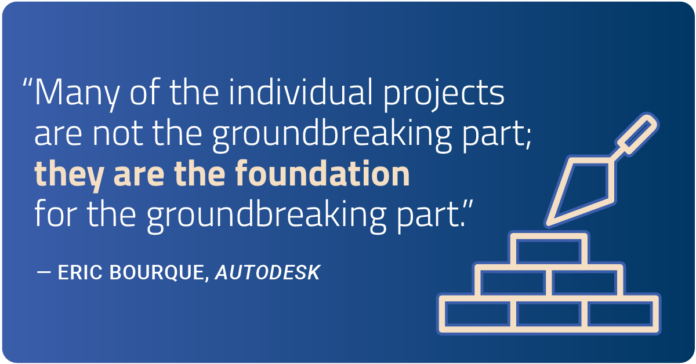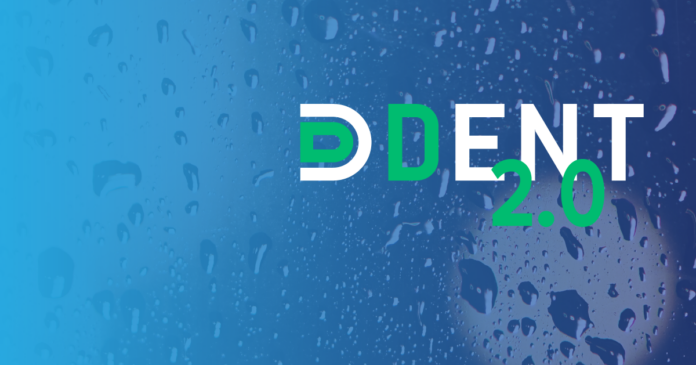The Linux Foundation’s Board of Directors represents a cross-section of our membership–from different industries with different backgrounds and expertises. This broad, diverse group works hard to ensure the Linux Foundation is achieving its mission to unlock the power of open technology to drive shared innovation for the collective benefit. Their expertise, passion, and work is essential to our joint successes.
Some of the Board is elected by the other members and their terms are limited. The Board also has turnover as executives in our members’ companies change roles. This year we welcome five new members to the Board. We are excited for the breadth of experience that will make the work we all do more impactful. Read more about each one:
Suzanne Ambiel is an 11-year veteran of VMware and “experienced traveler” in the technology space, Suzanne caught the open source bug late in life, but now considers herself “all in” thanks to a few inspiring, influential, and patient leaders. During work hours, you’ll find Suzanne playing dual roles — behind the scenes of VMware’s Open Source Program Office and in VMware’s Brand & Creative team. But when the whistle blows, she’s likely out riding the trails, walking her two dachshunds, or pondering why her sourdough didn’t rise (again).
Tim Bird is a longtime Linux kernel developer, with over 25 years experience with the Linux kernel and open source community. He is a principal software engineer and general Open Source technologist at Sony Corporation. Over the last 2 decades he has been involved with many projects in the Linux Foundation and other trade associations to enhance Linux for use in embedded and consumer electronics products. Tim is the founder of the Embedded Linux Conference and the elinux wiki. He recently served on the Linux Foundation Technical Advisory Board, and was previously the CTO of Lineo, an early embedded Linux company.
Ben Maurer is a software engineer at Meta focusing on privacy and security. He joined Meta in 2010 as a member of the infrastructure team where he played a key role in driving the performance and reliability of Meta’s products. Over the course of his time at the company, Ben has worked on several technologies that Meta has open sourced, including jemalloc, Folly, Thrift, and HHVM. He has also built deep partnerships with the open source community such as bringing Restartable Sequences to the Linux kernel and building a team within Meta dedicated to contributing to open source web browsers. Ben is one of the co-creators of the Diem blockchain and led Meta’s technical contributions to the project.
Ben also worked at the White House in 2014 as part of the U.S. Digital Service where he improved the communication tools used by the President and his staff.
Before joining Meta, Ben was an engineer at Google after the company acquired the startup he co-founded, reCAPTCHA, a system that determines if a user is human while simultaneously digitizing books. Ben has also contributed to the Mono and GNOME open source projects.
Shojiro Nakao is a general manager of the R & D Division of the Automotive Company of Panasonic. He is responsible for the development and management of automotive software platforms. He has been working with Linux for over 15 years, in a variety of product development, including mobile, IoT, and automotive devices. Responsible for software platform development, he has been promoting Panasonic’s collaboration with various open source communities. In addition, he is a steering committee member of Automotive Grade Linux.
Phil Robb is the Acting Head of Ericsson Software Technology (EST), where he leads a passionate group of engineers developing open source software across a wide range of projects including Linux, OpenStack, Kubernetes, and ONAP among many others.
Prior to Ericsson, Phil was the V.P. of Operations for the Networking Projects at the Linux Foundation including ORAN, ONAP, OpenDaylight, and Anuket. In that role, Phil led a team of technical staff who oversaw community software development based on DevOps and open source best practices. Prior to the Linux Foundation, Phil spent 12 years with Hewlett Packard working on Linux and Open Source starting in 2001. There, Phil formed and led HP’s Open Source Program Office responsible for open source strategy, tools, processes, and investments as HP transitioned from Unix to Linux in the Enterprise Server market.
The post The Linux Foundation Welcomes New Board Members from Ericsson, Fujitsu, Meta, Panasonic, Sony, and VMWare appeared first on Linux Foundation.


